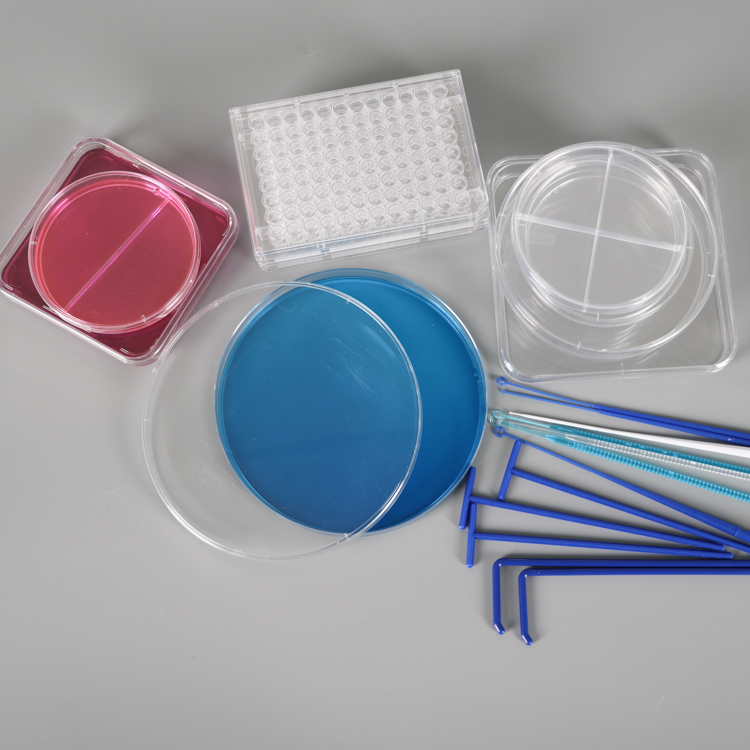Different standards of cement, quality and scope of application are different, in the face of a wide variety of mixed-living home improvement cement products, the average consumer is difficult to accurately identify: the choice of cement is like Chinese medicine pulse, not to worry, step by step. The safest way is to choose the products of regular manufacturers.

Asian Ceramics
The first step: "look at" mud known good or bad. First of all, from the appearance of the packaging quality. To see if the use of a damp-proof performance is not easy to damage the laminating woven bags to see if the logo is clear and complete. In general, the cement produced by regular manufacturers should be marked with the following contents: registered trademarks, place of origin, production license number, implementation standards, packaging date, bag net weight, factory number, and cement varieties. However, poor quality cement is often unknown.
Second, carefully observe the color of the cement. In general, the normal color of cement should be grayish, and the color is too deep or there may be too much other impurities.
The second step: "smell" mud analysis quality. The smell here is not a smell. After all, it is unsafe for cement to be heard by consumers. The “smell†here is “hearingâ€. Listen to the business’s introduction of the ingredients of cement to infer cement quality. At present, some small cement plants in China have used cement mixing materials in excess of cement standards in order to carry out low-priced sales, and have not strictly followed the national standards to match the raw materials. The performance of their products can be imagined. The regular manufacturers are very rigorous in the selection of raw materials for cement. The cement produced has the characteristics of moderate setting time, high bonding strength, and good durability.
The third step: "ask" the source of mud. It mainly asks cement manufacturers and production processes to see if their “origin†is formal and whether the production process is advanced. At present, the cement products on the building materials decoration market are mostly produced by the small vertical kiln process. Not only the product quality is very unstable, but also the enemies of environmental protection; and some professional large plants adopt the new dry process rotary kiln production and adopt advanced computer technology control. Management can ensure the stability of the cement product quality.
The fourth step: "cut" mud known life. This step mainly uses the fingers to give the cement a “pulse†and distinguishes the length of its delivery time. Cement also has a shelf life. In general, the strength of cement that exceeds the delivery date of 30 days will decrease. After three months of storage, the strength of cement decreased by 10%-20%, decreased by 15%-30% after six months, and decreased by 25%-40% after one year. The cement that can be used normally should not be subject to damp and agglomerate, and the high-quality cement should be cement powdered with a finger and feel fine grained. Packing of poor quality cement will result in moisture and agglomeration of the opening inspection. The inferior cement is cemented with fingers and has a rough feel. This indicates that the fineness of the cement is coarse and abnormal, and the strength of the cement is low and its viscosity is poor.
Huangsha cement purchase entrance decoration restaurant decoration cement home improvement
Petri Dishes (Stackable & Slippable)
Manufactured from medical-grade virgin polystyrene
Ventilation ribs reduce condensation and allow air circulation
Consistent flatness allows for even media distribution
Flared lid skirt and squared corners for easy one-hand operation, especially with gloves
Stackable Petri Dishes
Recommended for standard microbiology or general laboratory use
Stackable lid design for increased stability
Available in two sizes: 60mm x 15mm and 100mm x 15mm
Automation Petri Dishes (Slippable)
Designed for automated filling and streaking systems
Side Arrows and ISO Mark Target for automation
Available in 100mm x 15mm size
Petri Dishes (Slideable)
Features a partial edge ring on base which allows a single dish to be slid from a large stack and enhances stability when stacked
Petri Dishes (Non-treated Cell Culture Dishes)
Stronger, heavier construction
Surface is hydrophobic and does not facilitate cell attachment
Available in four diameters: 35, 60, 100 and 150mm
150mm x 15mm Petri Dish now available
35mm dish has off-set bottom for improved handling
60 & 100mm dish features a grip ring on the base
Lids contain molded spacers for gas exchange
Stackable lid design for increased stability
Packaged sterile (gamma irradiated)

Cell Dish,Inoculating Loops,Culture Plate,Pasteur Pipette,Cell Culture Dish
Yong Yue Medical Technology(Kunshan) Co.,Ltd , https://www.yongyuetube.com
